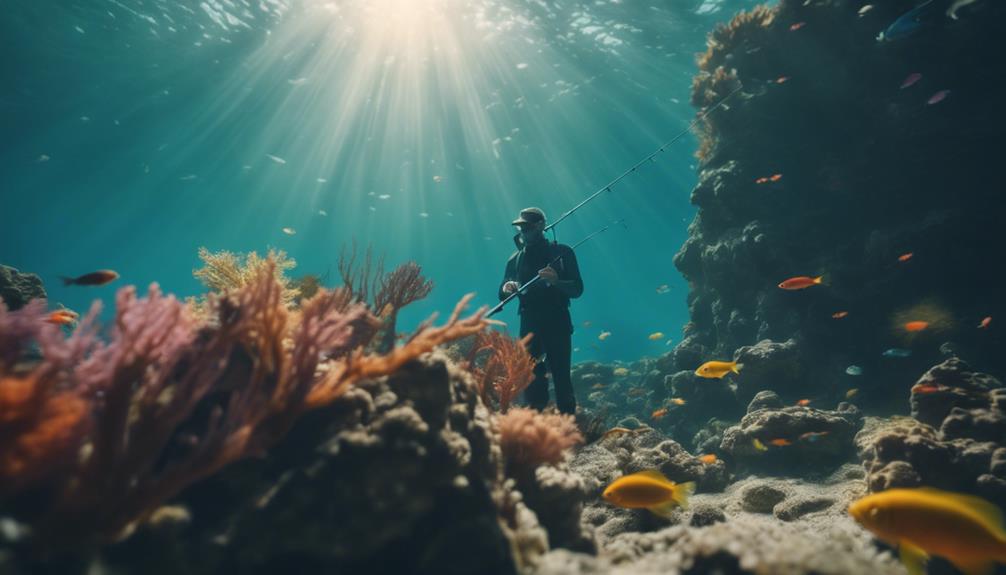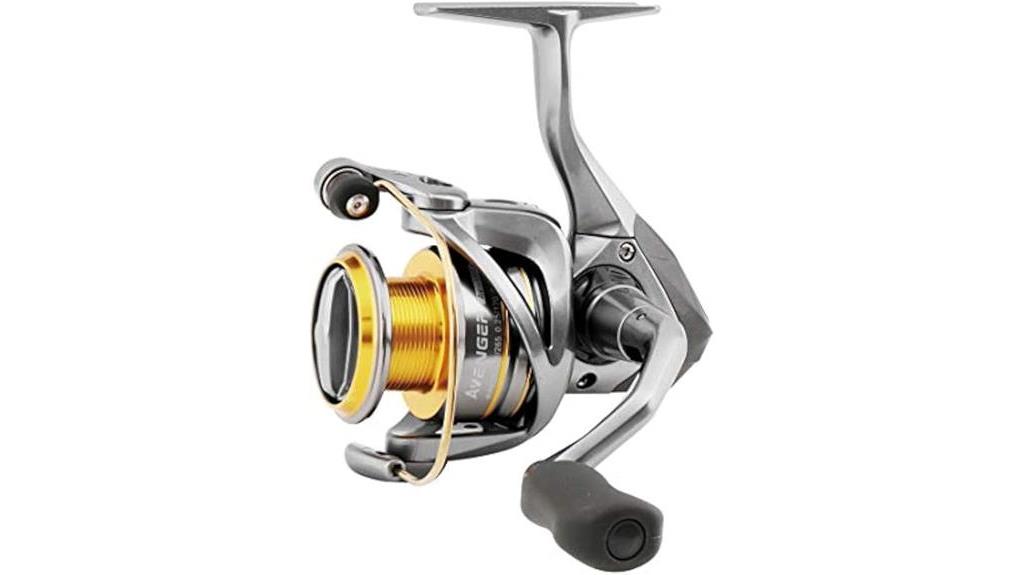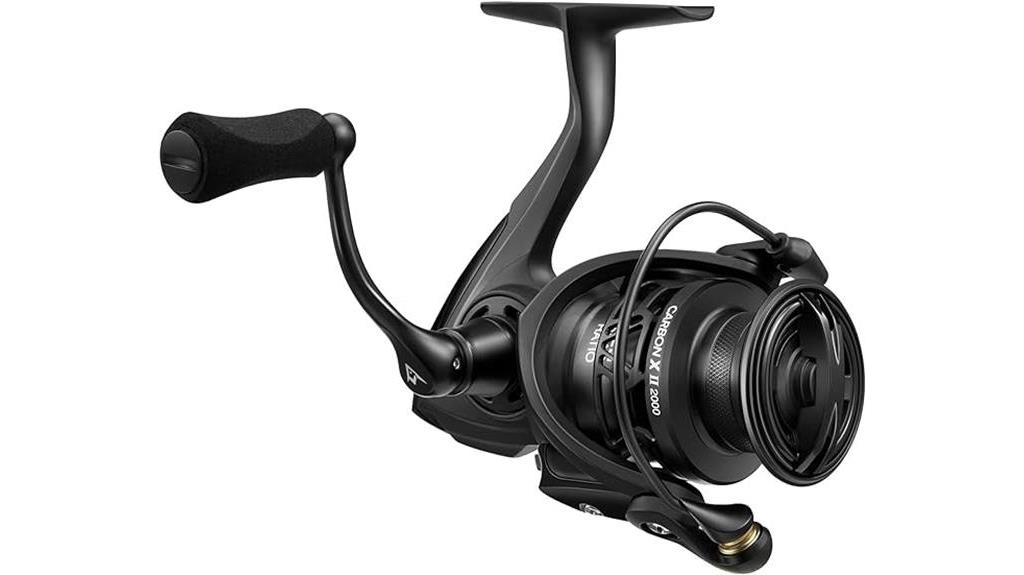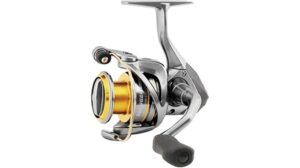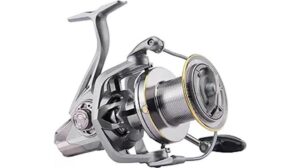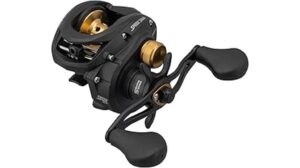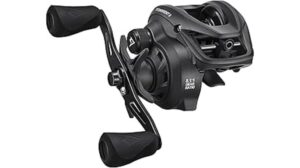To enhance our fishing success, we've got to think like fish. We'll consider their keen senses, including the lateral line that detects subtle water movements. Water temperature and seasonal changes greatly influence fish behavior, affecting their feeding patterns and spawning cycles. We'll tune into their preferred habitats, schooling behaviors, and responses to lunar cycles and weather. By understanding how fish react to environmental cues, we can predict their movements and feeding times more accurately. Mastering these insights will transform our approach from mere chance to strategic angling. The depths of fish behavior hold the key to revealing our full potential as anglers.
Fish Senses and Perception

In the depths of our planet's aquatic domains, fish have evolved an extraordinary array of sensory systems that allow them to navigate, communicate, and survive in their watery habitats. We're fascinated by their lateral line, a sensory organ that detects minute water movements and pressure changes. This remarkable adaptation enables fish to sense nearby prey, predators, and obstacles, giving them an edge in their underwater world.
Water Temperature Effects
Temperature, that invisible yet powerful force, profoundly influences the behavior and physiology of fish in their aquatic environments. We've observed how it dictates their metabolic rates, feeding patterns, and reproductive cycles. As water warms, fish become more active, seeking out ideal thermal zones. Conversely, in colder waters, they often slow down, conserving energy. Understanding these temperature-driven behaviors is essential for anglers seeking to improve their catches.
Seasonal Patterns
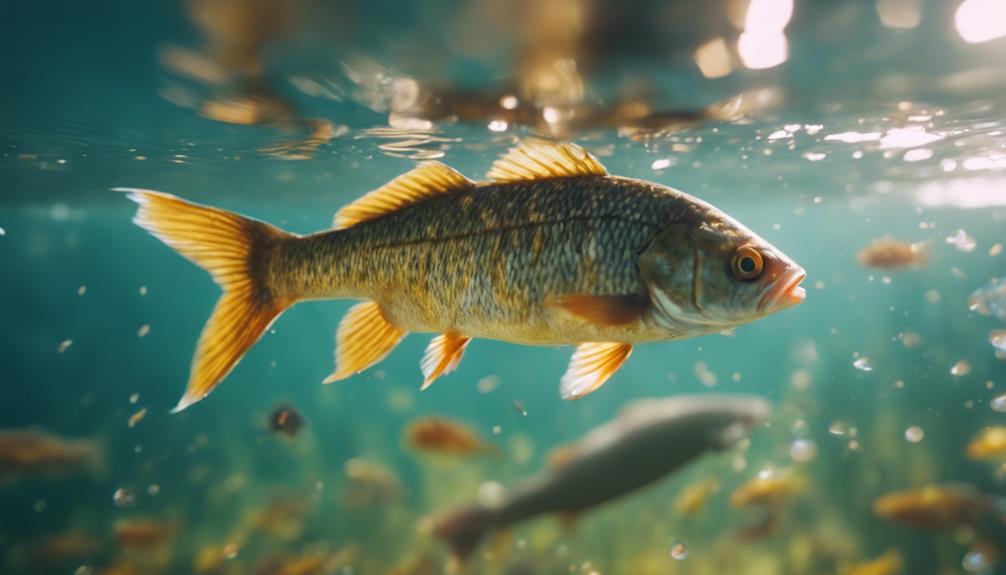
As the Earth's annual dance around the sun unfolds, fish adapt their behaviors to the rhythmic changes in their aquatic habitats, creating distinct seasonal patterns that fascinate both scientists and anglers alike. We observe these creatures responding to shifting temperatures, day lengths, and food availability. Their movements, feeding habits, and spawning cycles align with nature's grand design, offering us a glimpse into the intricate workings of underwater ecosystems and the delicate balance of life beneath the waves.
Feeding Habits
While seasonal rhythms shape fish behavior on a grand scale, their daily lives revolve around a more immediate concern: the quest for sustenance. We've observed that most fish species exhibit distinct feeding patterns, often tied to light levels and prey availability. Dawn and dusk, known as 'golden hours,' typically see heightened activity as predatory fish capitalize on low-light conditions to ambush their quarry.
Spawning Behaviors
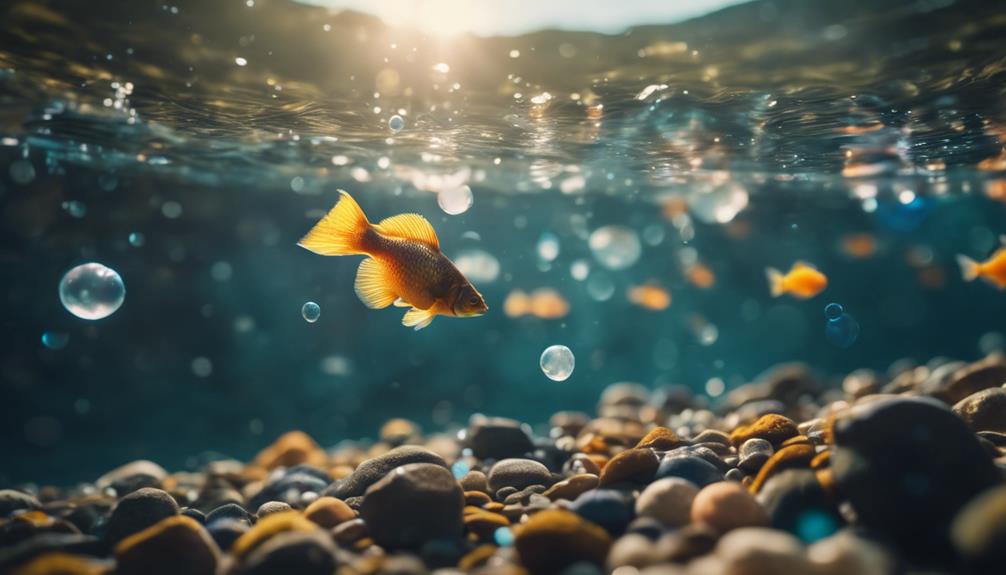
We've observed that fish exhibit some of their most fascinating and complex behaviors during spawning season, a critical period in their life cycle that guarantees the continuation of their species. During this time, we've witnessed remarkable displays of courtship, nest-building, and territorial defense. Some species undertake long migrations to specific breeding grounds, while others transform their appearance or produce intricate vocalizations to attract mates.
Predator-Prey Dynamics
Predator-prey interactions form the backbone of aquatic ecosystems, shaping fish behavior in profound and intricate ways. We've observed how prey species develop keen senses and quick reflexes, constantly alert to potential threats. Predators, in turn, evolve stealthy hunting techniques and powerful jaws. This delicate dance of survival drives evolution, influencing everything from coloration to schooling patterns, creating a mesmerizing underwater ballet of life and death.
Habitat Preferences

Beyond the intricate dance of predators and prey, a fish's choice of habitat plays a pivotal role in its survival and behavior, shaping its daily life and long-term evolutionary path. We've observed how different species gravitate towards specific environments, from the tranquil depths of coral reefs to the rushing currents of mountain streams. These preferences aren't arbitrary; they're deeply ingrained adaptations that guarantee a fish's success in finding food, shelter, and mates.
Schooling and Social Behavior
In the vast expanse of the underwater world, one of the most enchanting phenomena we've observed is the intricate social structure exhibited by many fish species through their schooling behavior. We're captivated by the synchronized movements of hundreds, sometimes thousands, of fish swimming as one. This mesmerizing display isn't just for show; it's a sophisticated survival strategy that offers protection from predators and enhances feeding efficiency.
Lunar Cycles and Tides

Beneath the surface of our oceans, fish navigate a world profoundly influenced by the celestial dance of the moon and its gravitational pull on Earth's waters. We've observed how lunar phases and tidal cycles shape fish behavior, affecting their feeding patterns, migration routes, and spawning cycles. Understanding these rhythms can reveal secrets to their movements, helping us anticipate when and where they'll be most active, enhancing our chances of successful catches.
Weather Impacts
Weather patterns, nature's atmospheric orchestra, profoundly influence fish behavior and their underwater world. We've observed how changes in barometric pressure, wind direction, and precipitation affect feeding habits and movement patterns. Fish often become more active just before a storm, sensing the drop in pressure. Conversely, bright, calm days may drive them to deeper waters, seeking refuge from intense sunlight and predators.
Fish Migration Patterns

While atmospheric conditions shape daily behaviors, many fish species commence on epic journeys that span vast distances and dictate their entire life cycles. We've observed salmon battling upstream, eels crossing oceans, and tuna circling the globe. These migrations are driven by an intricate interplay of factors: spawning instincts, food availability, and temperature changes. Understanding these patterns can greatly enhance our angling success and conservation efforts.
Conclusion
We've journeyed through the intricate world of fish behavior, revealing secrets that'll revolutionize our angling approach. We've explored how fish perceive their environment, react to seasonal changes, and respond to lunar cycles. Armed with this knowledge, we're now poised to make more informed decisions on the water. By applying these scientific insights, we'll not only improve our catches but also deepen our connection with the aquatic ecosystem. Let's cast our lines with newfound confidence and respect for these magnificent creatures.
